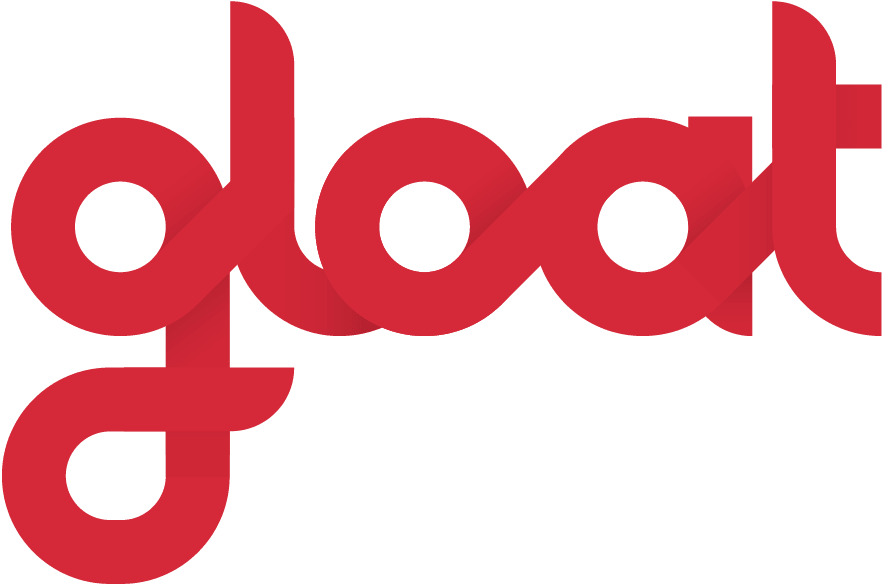The 5 parts of an integrated talent management model
Harmonize your strategies to maximize impact

The way organizations divvy up responsibilities is changing. Once seen as specific duties to an HR department, talent management strategies are evolving to bring in nearly every aspect of a business to ensure its success.
Chief operating officers set performance goals that are met by talent working under the chief marketing officer, and the IT department makes sure that the tools utilized to make the CHRO’s vision come to life comply with the broader vision of the organization.
As companies try to instill agile principles into talent management processes, maximizing speed means knowing where your talent management strategies are headed. While the benefits of agility are undeniable, if not managed and integrated properly, a guideless workforce will end up confusing.
With that evolution in talent management strategies, it’s up to businesses to refine how their systems interact with each other. An integrated talent management system aligns all aspects of the employee life cycle with broader business strategies—enabling businesses to stay one step ahead of today’s accelerated pace of disruption.
What is integrated talent management?
Integrated talent management is a unified approach that aligns all talent-related processes, including recruitment, development, performance, and retention under one strategy. It improves workforce planning, increases employee engagement, ensures talent practices consistently support business goals.
Instead of viewing each operation in a vacuum, modern HR teams look to understand each function’s deeper impact on all parts of the talent lifecycle, refining each system to better reflect the company’s needs.
However, no two companies will be able to share the same strategy. With individual needs that vary by industry, growth stage, region, and executive focus, companies looking to create a harmonized talent management system need to take every aspect of their business into account.
Some of the most critical universal questions to answer are:
What do my talent management systems hope to accomplish?
Companies might be looking to further cement themselves as pioneers in their industry, or focus on retaining top talent through better employee engagement principles. Though the tools used to accomplish both may overlap, knowing what your talent management strategy hopes to accomplish can clarify the best route forward.
Where does my company need to prioritize its resources for future success?
Industrial revolutions, economic headwinds, and talent shortages feel like they’re common occurrences. Understanding how each process plays into your business’ broader strategy can help leaders pivot more effectively by emphasizing areas that will make the greatest impact on their talent strategies when resources may become limited.
Which systems do we currently have in place? What do we need to roll out, or research to accomplish our business objectives?
The best-made plans still need processes to be carried out. Things like workforce agility platforms, talent marketplaces, and workforce intelligence can help leaders understand and engage workers. On top of them, L&D efforts and mentoring opportunities need to be assessed and analyzed to see the potential value from their respective optimizations.
Who is ultimately responsible for monitoring and executing each of these strategies?
The short answer is: everyone. Certainly in larger organizations with global footprints, integrating talent management strategies requires not only buy-in throughout the organization, but constant feedback and a sense of ownership to keep things on track.
HR leaders will ultimately be responsible for top-level decisions and planning, but everyone from the CEO to the newest intern needs to be aligned on what purpose each function serves.
Strategies will evolve as business needs change—companies in the automotive industry may not have prioritized hiring and training workers in battery storage a decade ago, but today, electric vehicles demand it. Without an integrated talent strategy that can successfully implement broad-scale change, the best systems won’t be enough to overcome aimless pursuits.
5 ways to integrate your talent management model
Whether your aim is to reign in current talent management systems or completely overhaul them, understanding each aspect of your current model needs to be the starting point.
#1. Talent management philosophy
Though it might involve the least amount of action, understanding the broader purpose of your company’s talent management strategy is arguably the most important step. Each company has different needs—some might need to reskill employees to adapt to changing consumer behaviors, while others should focus on DEIB efforts to bring more of its workforce into the fold.
Whether the goal is improving workforce agility, increasing employee retention, or unlocking skills, knowing the ultimate goal for your systems will help define how they need to function. Modern talent management tools, such as the aforementioned workforce intelligence, can help quantify the current state of your workforce—the skills, roles, aspirations, and gaps that currently exist within it—giving talent leaders the insights necessary to align with company objectives.
#2. Talent management processes
Once your talent management philosophy is understood, it’s time to move on to the processes that will carry it out. Every tool utilized in managing a workforce must be seen as part of a whole, not a solitary function operating without consequence throughout the rest of the organization.
The four main aspects of talent management, specific to the employee lifecycle, are acquisition, engagement, development, and retention. Each stage builds off of the last, and understanding how to best optimize their outputs will create more logical conclusions for how to improve your talent management systems.
#3. Integrated talent management information systems
The backbone of every modern talent management system is data. If information is spread across multiple channels and utilizes disparate measurements, recognizing areas of improvement will be far more difficult than it needs to be. Shifting practices to better accomplish talent management strategies is done in real-time today; being left in the dark about how these processes interact will prevent leaders from fully capitalizing on the systems they have in place.
There’s no singular path to accomplishing a business priority. A company that wishes to improve engagement might start by ramping up its L&D offerings while another business will focus on DEIB efforts to make sure everyone feels included. Closing skill gaps could be another objective, but understanding the inner workings of crucial roles will also help in establishing competent succession planning. A workforce agility platform can integrate all of these processes into a single source of truth, shedding light on each effort’s impact
#4. Talent review committees
Standardizing performance reviews of all aspects of the talent management systems in place must include the leaders executing them. By fostering open communication and direct feedback to how the tools are working, important changes can more readily be implemented—while also fostering a sense of ownership throughout the organization.
However, these “committees” don’t necessarily need to be formal. Workers, managers, and department leaders should be equally encouraged to share their experiences and opinions on an ad hoc basis as well as more structured reviewal periods. Whether that feedback is delivered through direct communications or experience surveys, maintaining open lines of dialogue is paramount.
#5. Talent management metrics
Again, as every company presents a unique set of needs and philosophies, the data used to establish the success of talent management systems need to be tailored as well. Company size and geographic footprint, industry, and talent philosophies all play a role in determining what information is most relevant to the systems in place.
A smaller, regional organization may not have the same agility challenges as a multinational, and pouring resources into increasing skills capacities may not be as relevant at a company trying to focus its efforts on employee retention (unless, of course, an inability to progress is one of your workforce’s top reasons for leaving).
Based on the framework established, companies can better understand their goals and pinpoint which statistics will prove most relevant. A powerful tool for this is workforce intelligence, which can centralize the data streams from various sources into a single platform. From this view, talent leaders can not only see how their workforce compares to the industry as a whole, but also see where emerging trends might require a pivot on current talent management processes.
Building a framework for better talent management
Whether your goal is to broaden your talent pools, learn how to attract the right talent to your company or improve how your organization develops internal skills, knowing how to unify all of your company’s processes into a single framework takes effort from all people involved. HR leaders will be taking charge, but without support from the executive level and the trust of your workers, the most effective strategies risk falling flat.
The truth is, all talent management systems are already integrated—the question is, how well do they work together?
To get started on making a seamless talent management system, check out our guide on how leading companies are boosting productivity while reducing costs.




